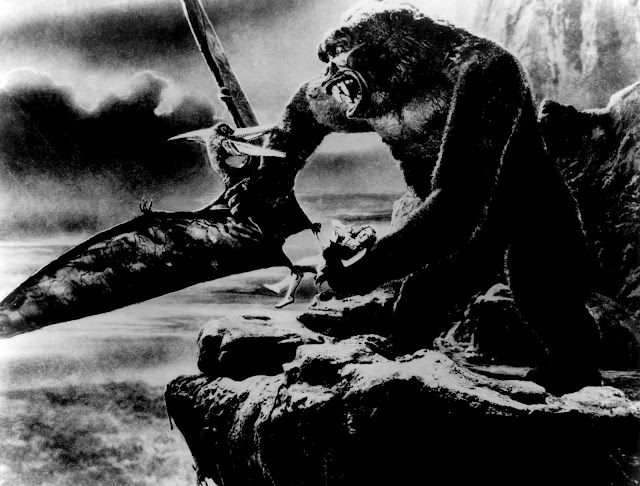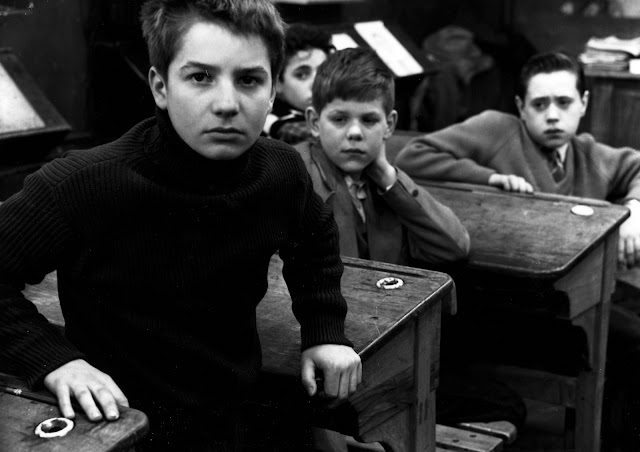Tabu (1931)
F.W. Murnau's "Tabu"
After a series of unsuccessful films, F.W. Murnau turned his attention to the work of Robert J. Flaherty. Flaherty had created the concept of the documentary picture nine years earlier with "Nanook of the North." Murnau had known Flaherty through Flaherty's brother, David. Murnau wanted to make a documentary-style film like that of "Nanook of the North." Murnau instead wanted to focus on the island of Tahiti and its people there. Flaherty was familiar with the island and its people due to working directly with them for many years. However, the relationship between Murnau and Flaherty soured during the production of their new film. Murnau had taken Flaherty's script and reworked it, to Flaherty's chagrin. Despite Flaherty directing the opening scene of the film, Murnau took control of the rest. Flaherty became upset over Murnau's continued control over the production, so Flaherty left Murnau to film "Tabu."
"Tabu"'s story takes place on the island of Bora Bora. There, an aged embassy named Hitu arrives to tell the people that a maiden has been chosen as the sacred virgin. The honor has been given to Reni. No man is allowed to touch Reni, as she has been given this sacred 'tabu' by the old gods. Matahi, who is in love with Reni, doesn't like this tabu very much so he steals Reni away and sails to a nearby island colonized by Westerners. There, he gets swindled and manipulated by the white population as he seemingly becomes economically indebted to them. To pay off the debt, he decides to go searching for pearls in 'tabu' waters that are occupied by sharks. While he is doing this, Hitu comes and takes back Reni, leaving Matahi swimming after them, unable to catch them.
The title of the film, "Tabu," comes from the Polynesian words 'tapu,' which in turn is derived from the English word 'taboo.' The word is defined as a social or religious custom prohibiting or forbidding association with a particular person, place, or thing. The taboo elements, in the beginning, are the religious customs of the natives of Bora Bora. Reni herself becomes taboo as no one is allowed to associate with her. These religious prohibitions are restrictive for her and Matahi. They feel as though they cannot be free from these restrictions, so they make way for a Westernized colony. There, they believe they will have complete freedom to behave in the manner of their choosing. Once they arrive, their lack of understanding of economics forces them into a state of indebtedness. Matahi can no longer do whatever he wants because of the tab he owes. This 'tab' becomes the new 'tabu' in which he is now no longer allowed certain associations because of social customs. So once again, the couple is faced with social taboos that they are trapped by. The theme of the story seems to be that religious and social restrictions are unavoidable, whether it is on a native island or a colonized modern civilization.
Murnau was a director who primarily dealt with expressionism. However, the only expressionist film he was able to make in the United States was "Sunrise: A Song of Two Humans." After the experimentation of that film, he was restricted by American studios. Suddenly, expressionism had become too taboo. Instead, he opted for something more documentational with "Tabu." This documentary style was directly influenced by Flaherty and his films. However, he distinguished himself from Flaherty by presenting a fictional narrative, as opposed to a staged document of real life. Because of this focus on fictional narrative, the film acts more in the realms of 'realism' than it does 'documentary.' With this realism, Murnau is able to express everything visually. There are no title cards. All context is given via physical expression, written letters between characters, and sparing use of montage. The montage used is usually very brief and contains a fantastical rendering to associate the state of mind of the characters. For example, when Matahi wishes he could clear his debt, Murnau edits to an image of the debt collector ripping up the debt statement. This is one of many ways Murnau expresses visual understanding of context.
The film was not very successful. The film only managed to gross $472,000 worldwide. This was not important to Murnau, however, as he died in a fatal car accident just a week before the film's premiere. "Tabu" would be the last film Murnau ever created. One would think that Murnau had so much creativity left to take his filmmaking into the talking era. However, "Tabu" is a testament to Murnau's oeuvre. Murnau prided himself on visual storytelling, often opting out of title cards to provide context. However, with the sound era, Murnau would have had to keep reinventing himself. Because of his death, we will never know how he was able to adapt to the new film world.




Comments
Post a Comment